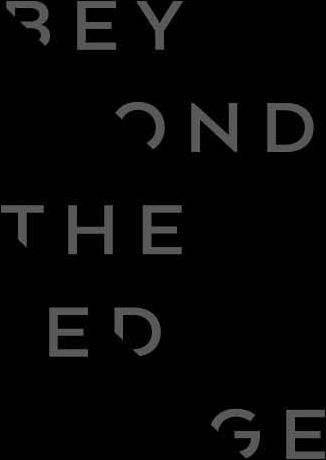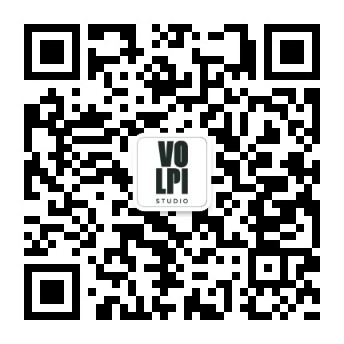What are the real applications in the design process of Microsoft’s HoloLens? Microsoft is challenging innovation with a project that has enormous potential and is generating very high expectations about future developments… but will it really be able to change design?
Our team had the opportunity to test this technology during a recent project and a visit to the Microsoft House in Milan. We have a pretty clear idea of what will happen.

WHAT IS HOLOLENS?
HoloLens is a pair of "glasses" that allows you to see holograms. It is a light and intuitive goggle, which creates a hologram within the user's visual field and makes it possible to interact with it.
There are a lot of advantages over the most common virtual reality products on the market. First of all, it’s wireless. Also, the combination of the real and virtual elements reduces the effect of motion sickness.
This device, as well as mixed reality in general, suits training and technical tutorials very well, especially on complex machinery: learners are actively involved which results in a faster and less tiring learning process.

IS DESIGN REALLY GOING TO CHANGE?
Designers, architects, stylists... professionals working with sketching and designing can count on a long series of software products that allow them to work directly in digital. After Photoshop, Rhino, CAD and many others, the sector is ready to experiment with a new revolution (and evolution) of design processes.
We can easily imagine a future where, with a simple and natural gesture, such as wearing a pair of glasses, we can enter a virtual room as if we entered a room in our house: a space that is going to compose itself, by on our will, with all the elements that we need for our project setting.
We will design a professional oven as if we were designing it directly in the kitchen of a bistro, between a shelf and a hob. With an immaterial pencil or a movement of the fingers, we’ll modify each line of the oven, add new parts and observe and modify the aesthetics and ergonomics from the beginning – in a virtual space sufficiently realistic to immerse us in the same situation in which we commonly find the object we are drawing.
The design process will be more and more in real time. Sharing the work with clients and colleagues, near or far, will be immediate and very fast, with a significant reduction in time and costs.
HoloLens does not yet allow all this, but it can evolve in that direction: you can already interact with holograms, the device is light and immediate to use, and an even more immersive and practical future of this technology is certainly not too far.

NOT LIMITED TO DESIGN: STORYTELLING AND MIXED REALITY
One of the applications of this technology that often goes unnoticed compared to design, is that of the field of communication.
The most effective messages are those that exploit the principles and the strength of storytelling to tell the brand or the product stories, in advertising as in branding. Mixing storytelling and experience can really leave the mark in the memory of users and customers, and this is precisely what HoloLens does.
With Mixed Reality the product story is amplified, engaging the user in a world where concrete objects and holograms merge, and images and perceptions get amplified - here the imaginary becomes almost reality. The immediate developments of this technology will bring significant innovations in the world of communication.
• Immersive installations in the world of brands
HoloLens technology could have a great role in communication and marketing strategies. The applications are many and go beyond the representation of the product:
- immersive booth stands that become real experiences
- interactive and dynamic showrooms to get customers’ attention
- video installations that actively involve users
Creating holograms for advertising or for training is, however, a complex procedure, which includes several elements:
- the holograms themselves - what are displayed through the HoloLens
- the storyboard of the user's actions - the way he interacts with the holograms
- a third essential element is then the general storyboard of the shootings
The plus of the "passive" use of the HoloLens is, however, to allow for a greater diffusion of the video, considering that it is not necessary to use the device to transmit the message.
An example is the one we created for WMF and for the "HoloLens Experience" introduced at the Internorga 2018 stand.
• HoloLens Experience for WMF
We had the goal of showing Internorga visitors the potential of technical training through HoloLens. We shot a video that has two levels: one shows the user and the operations he performs on the machine. The other shows what the operator sees through HoloLens, i.e. a step-by-step demonstration of all repair operations to be performed on one of WMF's coffee machines. Wearing the devices available on site, visitors could see the holograms of the repairs superimposed on the coffee machines on display.
HOLOLENS: "SEAMLESS" OBJECTIVE
Compared to virtual reality and augmented reality, HoloLens definitely has many advantages, from the lightness and ergonomics of the goggles to the freedom of wireless movement and without controllers. To view a product before a prototype is made is already possible with virtual reality but being able to see it in a real environment greatly increases its effectiveness.
The limit here is purely the physical one: the sight tends to range out of the viewable space of the holograms, at the center of the goggles view, making it somewhat “strange”. When we work on projects with a strong technological component, our challenge is to design an experience as natural and effective as possible, and HoloLens is a project with very high potential for us… and we’ll be waiting for a full-fledged visual evolution.
-
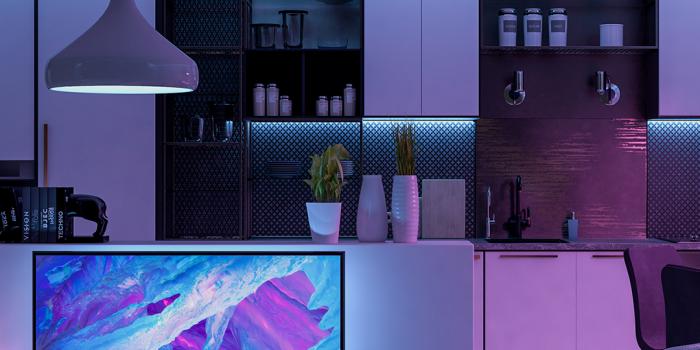
-
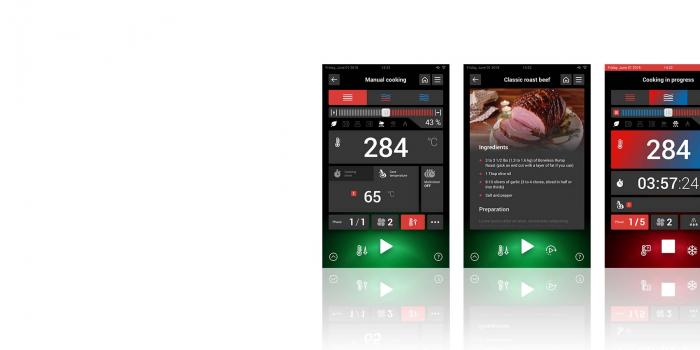
-
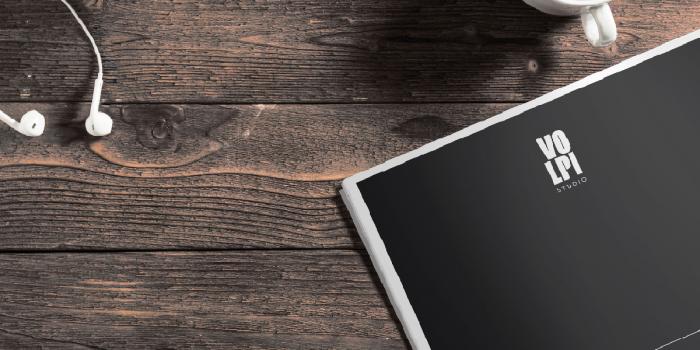
Perspectives Mar 30, 2020
KITCHEN 4.0: HOW DIGITALIZATION IS CHANGING THE RULES
Technological updating and the integration of an interconnected soul are turning modern professional kitchens into a perfect example of the 4.0 industry, where the product and its super digital powers become a tool to improve working conditions, enhance productivity, monitor the processes to achieve better results and create new business models


.jpg)


